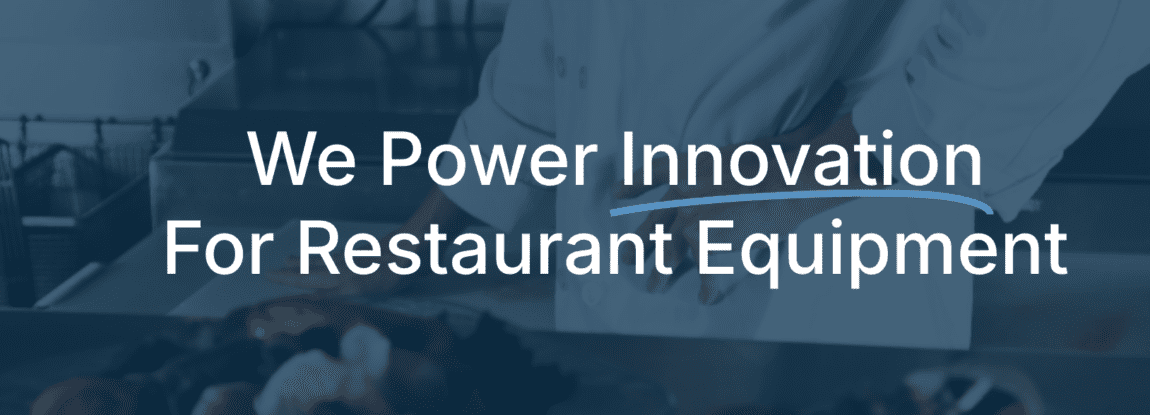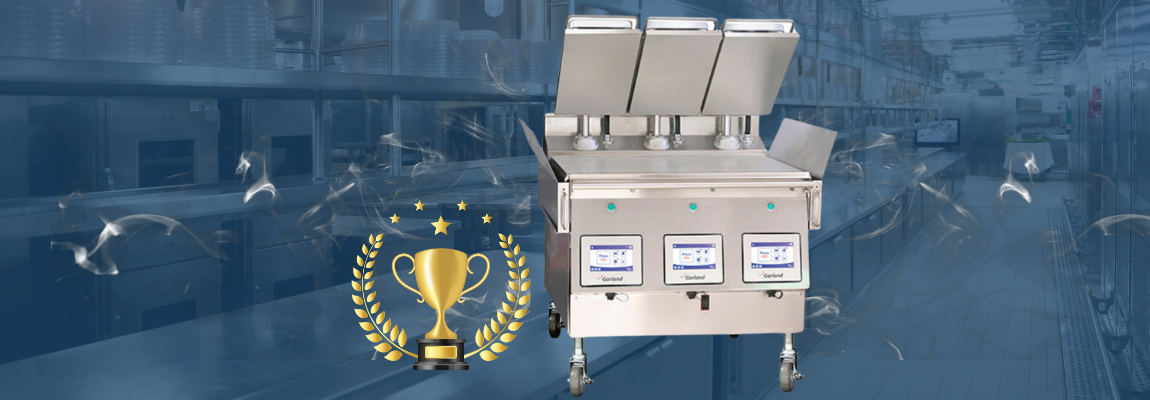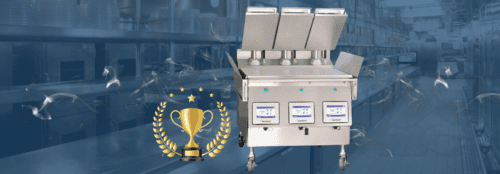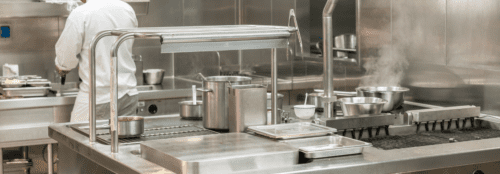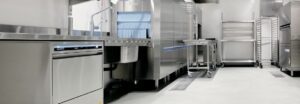Client Overview
Garland Commercial Ranges, a leading global manufacturer of commercial kitchen equipment, sought to create a revolutionary double-sided grill that could meet the precise cooking needs of major clients like Chick-fil-A and McDonald’s. The project demanded an adaptable, reliable, and cost-effective platform to handle diverse requirements across multiple product lines.
Project Objectives
- Develop a Modular Platform: Design a scalable control system that could be reused across different grill models.
- Tight Integration of Hardware and Software: Build a reliable system that seamlessly integrates electromechanical controls, advanced user interfaces, and robust communication between components.
- Meet Aggressive Deadlines: Deliver a functional prototype within four months to showcase at a major trade show.
Key Challenges
- Architecture Requirements: Use proprietary circuits and predefined architectures for compatibility with existing product lines.
- Communication Protocol: Implement a robust communication bus to connect components inside the grill, ensuring high reliability and responsiveness despite protocol inefficiencies.
- Hardware Constraints: Base the head unit on a Linux-based System on a Module (SOM) with limited development resources (no source code or device trees).
- Short Timeline: Develop hardware, firmware, and software from scratch within an accelerated timeframe.
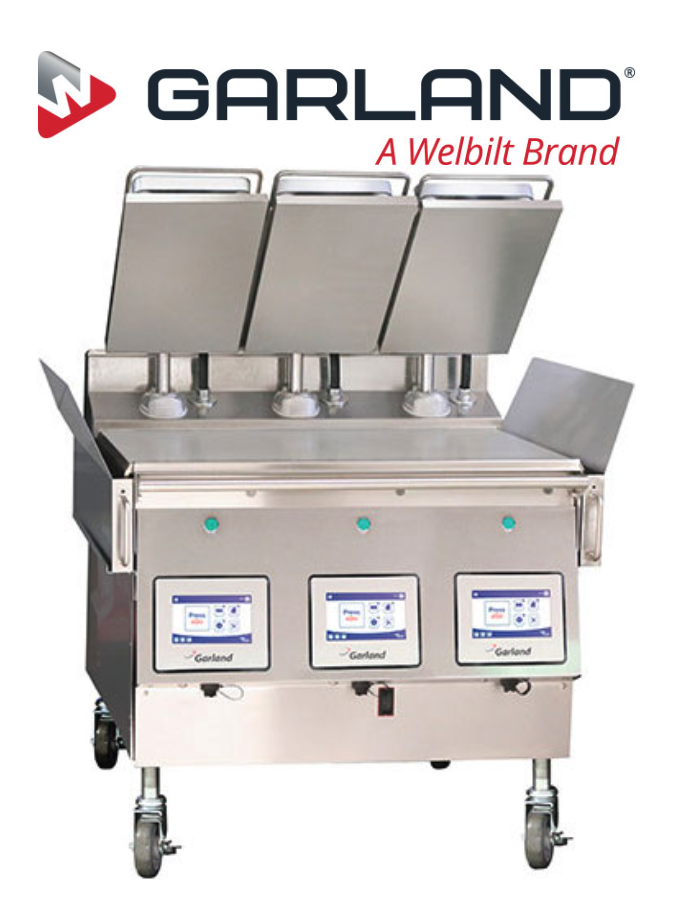
Technical Approach
Modular Hardware Design
- Human Interface Device (HID): Based on a Linux SOM using a TI OMAP processor with an MMU, the head unit featured a Qt-powered graphical user interface.
- System Interface Board (SIB): Built using a PIC-24 EP family processor to handle electromechanical controls and a PIC-33 processor for motor-specific functions, such as controlling clamshell motion.
Scalable Software Development
- Custom State Machine Kernel: Developed an in-house hierarchical state machine kernel to meet tight deadlines and reduce dependency on external frameworks.
- Optimized Communication Bus: Designed a caching system to improve responsiveness, ensuring seamless user experience even during communication retries or noise.
Efficient Development Workflow
- Created custom firmware, Linux platform software, and field update systems.
- Implemented USB-based update mechanisms for streamlined field servicing.
- Delivered a runtime-configurable software architecture, allowing a single codebase to support multiple grill models differentiated by a hardware jumper.
Project Timeline
Fall to Winter: (Four months to deliver a functional prototype for a trade show)
- Circuit and firmware design
- Development of Linux platform and embedded systems
- Initial deployment of three functional prototypes for field testing
3–4 Years Post-Launch:
Released multiple grill models for Chick-fil-A, McDonald’s, Quick in Europe, and Garland’s general market, all leveraging the same platform.
Results
Technical Successes
- Versatile Platform: Supported multiple grill models with runtime configurability, simplifying maintenance and updates.
- Enhanced User Experience: Reduced latency with optimized communication, ensuring responsive and intuitive operation.
- Cost Efficiency: Minimized manufacturing and software development costs by reusing a single codebase and modular hardware design.
Industry Recognition
The general market version of the grill earned the National Restaurant Association’s Kitchen Innovation Award (2017) for its quality, reliability, and adaptability. See press release.
Lessons Learned
- Early Planning and Prototyping: Rapid prototyping was critical to demonstrating viability within tight timelines.
- Platform-Based Design: A modular and scalable approach reduced long-term development and maintenance costs.
- Communication Optimization: Investing in a caching system for the communication bus significantly improved system performance.
Conclusion
This project demonstrates how a disciplined, modular approach to hardware and software design can achieve groundbreaking results under challenging constraints. The success of the Garland XPress Grill not only revolutionized the commercial food preparation industry but also set a benchmark for future projects, combining innovation, adaptability, and reliability.
Looking for a partner to help innovate your next design?
Find out more about our Electronic Design Services for Food Equipment Manufacturers. Our USA-based team would love to support your success!
